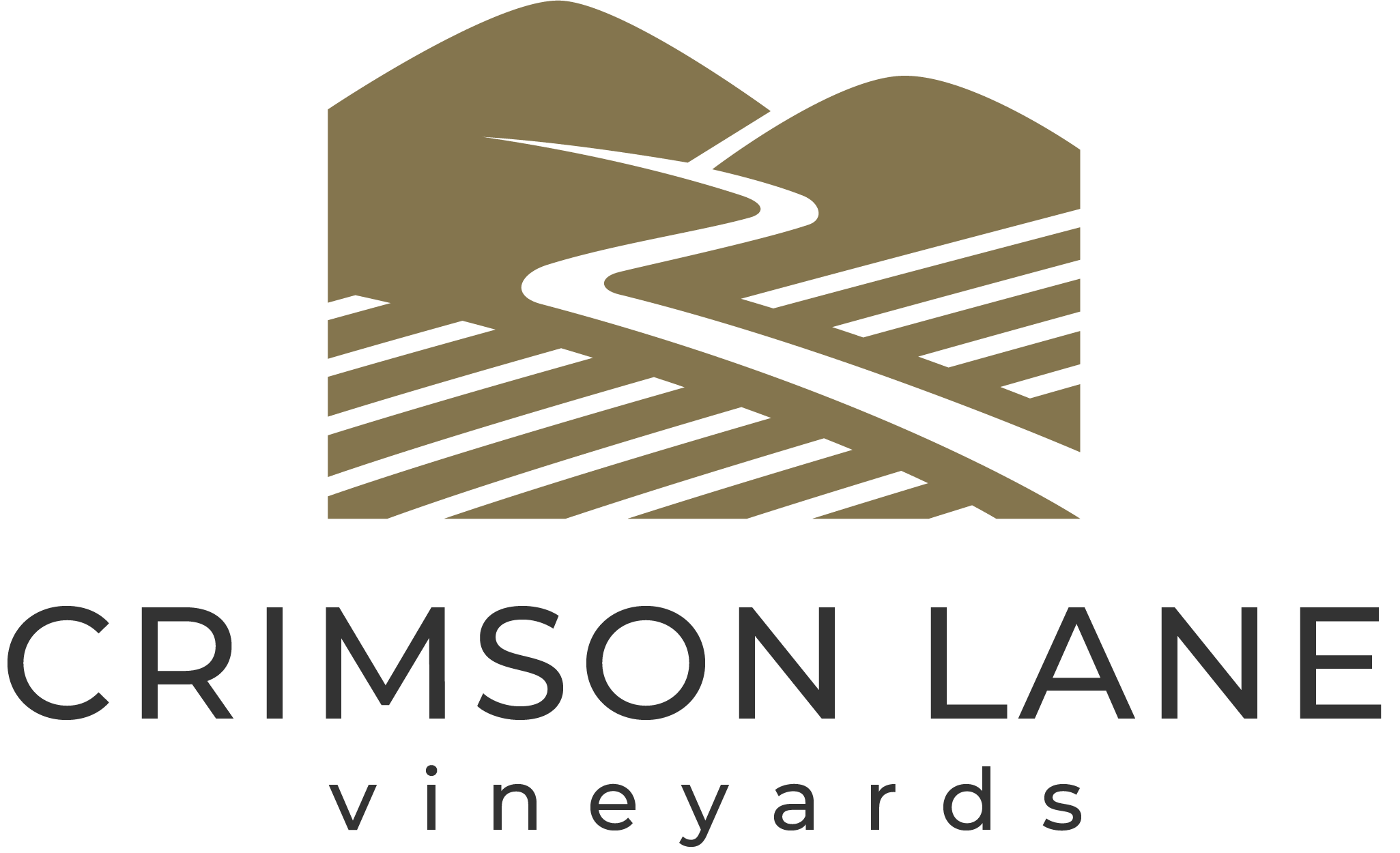It Takes Something Special
Growing wine in Virginia is not for the faint of heart. It’s more like a full-contact sport. We face serious challenges yearly with late-season freezes, an abundance of rainstorms, and high humidity. To mitigate these challenges, it’s all about site selection. Without an extraordinary site, you cannot expect extraordinary results.
Since planting our first vines in 2016, we’ve witnessed something remarkable—vineyards that produce great wine, despite unrelenting challenges. We credit this unlikely success to the uniqueness and diversity of our terroir. With complete confidence in our site and excellent viticulture practices, we believe we’ll weather any storm.
Sun
Our estate vineyards sit within a “sweet spot” ranging from 970 ft to 1550 ft. High enough to be just a tad bit cooler than valley floor sites, but not too high to worry about freezing. Additionally, our vineyards are planted on a primarily South-facing aspect. This creates total sun exposure on both sides of the canopy, warming the berries during the day and setting them up to enjoy cooling temperature shifts at night.
Slope
A sloping, rolling vineyard like ours provides exceptional and necessary drainage from both rain and frost. Ongoing climate change predicts fast and furious storms to be prolific for years to come. Without the foresight to build on a well-drained site, many vineyards may not survive. But, with up to 30% slope in some areas, our vineyards shed water very well, allowing our vines to focus their energy on grape development.
Soil
Made up of clay, loam, granite, rock, quartz, sand, and silt, our soil types create an incredibly unique and healthy vine-growing environment. We’ve been able to plant red varieties within feet of their white counterparts, fickle varieties in more challenging soils, and row after row of Cabernet Sauvignon in their preferred soil type—rocky gravel. Our ability to be so diverse in our plantings is a direct result of the variety found in our soils.
Wind
On a south slope within a narrow gap in the Blue Ridge Mountains called the Manassas Gap, our vineyards enjoy a continuous breeze that rolls through at a steady and constant pace. The advantage of a windy site is simple, clear-cut, and not to be ignored. Wind helps avoid some of the biggest challenges facing Virginia winegrowers today by drying the grapes, reducing disease pressure, preventing mildew, and mitigating frost
